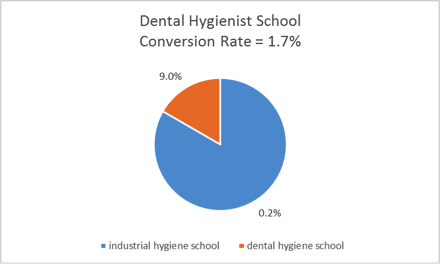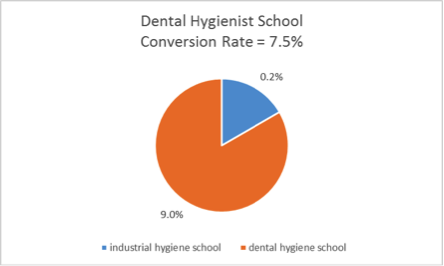As an Ad Tech software company providing automated bidding & campaign management solutions, we are frequently responding to advertisers who are concerned that mysterious bidding algorithms are not optimizing their bids appropriately. When I’m tasked with reviewing bid management performance for these advertisers, I frequently find issues unrelated to bid levels that are hurting performance.
Most commonly, I find bidding inefficiencies resulting from campaign structure issues. I think we all intuitively know that structure impacts bidding, but it is something frequently overlooked and forgotten when analyzing bidding performance. The truth of the matter is, campaign structure can render your entire bid management efforts ineffective if setup improperly. So I think it’s time for a refresher discussion of some common structural problems to watch out for.
I’m going to cover two structural issues I seem to run across most often. In this first of two posts, I’m going to discuss how search term matching can inhibit bidding performance. In my follow up post, I’ll delve into the importance of the structural grouping of keywords to assist in bidding on long-tail keywords.
Structural Problem #1: Search Term Matching Impact on Conversion Rate Predictions
The single most common structural problem I find inhibiting bid optimization success is poor search term matching. Note that the most important metric to predict for bid management is keyword conversion rate. We make conversion rate predictions based on an assumption that people who search for ‘big blue widgets’ tomorrow will convert similarly to those who have searched for ‘big blue widgets’ in the past. But we set bids on keywords, not search terms. The two often don’t match, and thus we run into problems.
Consider an education advertiser bidding on the broad match keyword ‘dental hygienist school’. This keyword may be getting matched to searches for both ‘industrial hygiene school’ and ‘dental hygiene school’. These search terms will certainly have vastly different conversion rates. If one keyword is matching to all these search terms, the conversion rate of the keyword becomes the product of which search term Google matches to more often. More matches to ‘industrial hygiene school’ and conversion rates go down. More matches to ‘dental hygiene school’ and conversion rates go up.
In the two charts above, the search term ‘industrial hygiene school’ converts at 0.2% and ‘dental hygiene school’ converts at 9.0%. If targeting a $20 CPL, the first distribution of click volume would lead me to bid around $0.34, and the second would lead me to bid around $1.80. An automated bidding strategy becomes arbitrary because it is unable to exploit that fundamental assumption of historical search term performance predicting future search term performance.
The example of ‘industrial hygiene school’ is one of inappropriate matching, which you’re likely watching out for already. But the more common mismatch is one of misdirected matching. Let’s look at how Google decided to match search terms for a grocery coupon advertiser bidding on general coupon terms (free coupons), more specific product terms (shampoo coupons), and highly specific brand terms (Pantene coupons).
Note that only the third search term for “free coupons” was matched as the advertiser intended. In the first and second search term, Google chose to match to the more general term even though a keyword with a better match was available. Without using more restrictive match types or what I call ‘traffic cop negatives’, you will invariably find search terms being matched to a less desirable keyword. Once again, a bidding strategy will become less effective. Not because we’re matching to a search term we don’t want to show for, but because we’re matching in the wrong place. We’re now setting bids for ‘Pantene coupons’ based on the past performance of ‘free coupon’, losing the value of segmentation.
The obvious solution to these matching problems is a well-planned negative keyword and match type strategy. But work doesn’t end with initial implementation of this strategy. Search query mining must be conducted on an ongoing basis to identify new matching errors. Ultimately, your negative keyword libraries and match type strategies will start to take on a structure of their own. If this exclusionary structure is ignored or mismanaged, you can expect your bid optimization performance to suffer.
Stay tuned for my next post, where we’ll be diving into the importance of keyword grouping for bidding on long-tail keywords.






